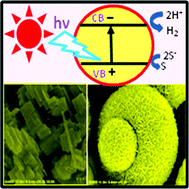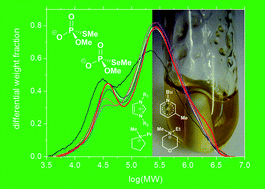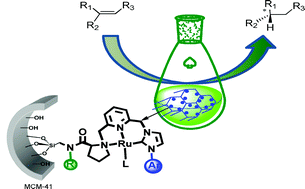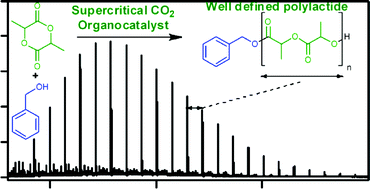This month sees the following articles in Green Chemistry that are in the top ten most accessed:-
Glycerol as a sustainable solvent for green chemistry
Yanlong Gu and François Jérôme
Green Chem., 2010, 12, 1127-1138, DOI: 10.1039/C001628D , Critical Review
Development of safe and scalable continuous-flow methods for palladium-catalyzed aerobic oxidation reactions
Xuan Ye, Martin D. Johnson, Tianning Diao, Matthew H. Yates and Shannon S. Stahl
Green Chem., 2010, 12, 1180-1186, DOI: 10.1039/C0GC00106F , Paper
Catalytic production of hydrogen from glucose and other carbohydrates under exceptionally mild reaction conditions
N. Taccardi, D. Assenbaum, M. E. M. Berger, A. Bösmann, F. Enzenberger, R. Wölfel, S. Neuendorf, Volker Goeke, N. Schödel, H. -J. Maass, H. Kistenmacher and P. Wasserscheid
Green Chem., 2010, 12, 1150-1156, DOI: 10.1039/C002910F , Communication
A two-step approach for the catalytic conversion of glucose to 2,5-dimethylfuran in ionic liquids
Mandan Chidambaram and Alexis T. Bell
Green Chem., 2010, 12, 1253-1262, DOI: 10.1039/C004343E , Paper
Highly recyclable, imidazolium derived ionic liquids of low antimicrobial and antifungal toxicity: A new strategy for acid catalysis
Lauren Myles, Rohitkumar Gore, Marcel Špulák, Nicholas Gathergood and Stephen J. Connon
Green Chem., 2010, 12, 1157-1162, DOI: 10.1039/C003301D , Communication
Fe3O4 nanoparticles: a robust and magnetically recoverable catalyst for three-component coupling of aldehyde, alkyne and amine
Tieqiang Zeng, Wen-Wen Chen, Ciprian M. Cirtiu, Audrey Moores, Gonghua Song and Chao-Jun Li
Green Chem., 2010, 12, 570-573, DOI: 10.1039/B920000B , Communication
Production of liquid hydrocarbon transportation fuels by oligomerization of biomass-derived C9 alkenes
David Martin Alonso, Jesse Q. Bond, Juan Carlos Serrano-Ruiz and James A. Dumesic
Green Chem., 2010, 12, 992-999, DOI: 10.1039/C001899F , Paper
Technology development for the production of biobased products from biorefinery carbohydrates-the US Department of Energy’s “Top 10” revisited
Joseph J. Bozell and Gene R. Petersen
Green Chem., 2010, 12, 539-554, DOI: 10.1039/B922014C , Critical Review
Green chemistry by nano-catalysis
Vivek Polshettiwar and Rajender S. Varma
Green Chem., 2010, 12, 743-754, DOI: 10.1039/B921171C , Tutorial Review
Direct synthesis of hydrogen peroxide on palladium catalyst supported on sulfonic acid-functionalized silica
Gema Blanco-Brieva, M. Pilar de Frutos Escrig, Jose M. Campos-Martin and Jose L. G. Fierro
Green Chem., 2010, 12, 1163-1166, DOI: 10.1039/C003700A , Communication
Why not take a look at the articles today and blog your thoughts and comments below.
Fancy submitting an article to Green Chemistry? Then why not submit to us today or alternatively email us your suggestions.

















